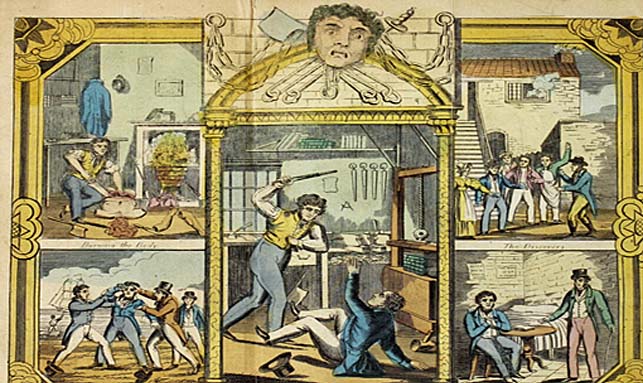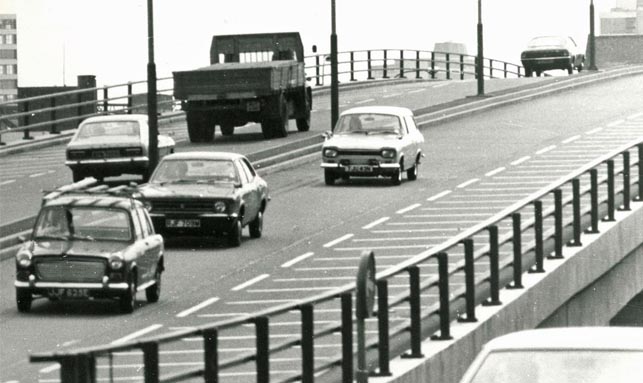- In 1907 Harry Hardy Peach (1874–1936) founded Dryad Handicrafts, which made and sold cane furniture.
- The Dryad Collection consists of books, leaflets, and some journal volumes that once were part of the library of the Dryad Handicrafts Company.
- The Dryad Collection held by Leicester Museums and Galleries has the finest examples of 20th century cane and basketwork in the UK.
Harry Hardy Peach
In 1907 Harry Hardy Peach (1874–1936) founded Dryad Handicrafts, which made and sold cane furniture. Their showroom was at 42 St Nicholas Street, Leicester. In 1912 they started Dryad Metalworks, the same year the company made deck chairs for the ill-fated RMS Titanic. Both firms quickly became recognised for their use of good design and workmanship. During the First World War the company supplied cane to a local hospital, so that wounded soldiers could make baskets to help them recover both physically and mentally. Seeing the educational benefits, Dryad started selling cane and other craft materials for use in schools.

Influences and Associations
Benjamin Fletcher was head of the Leicester School of Art, and a co-founder of Dryad. He introduced Harry Peach to the writings of William Morris and William Lethaby, who were leading members of the Arts and Crafts movement. This resulted in many of the Dryad designs being made in the distinctive “Arts and Crafts” style. Peach was also President of the Leicester Literary and Philosophical Society and a member of the Independent Labour Party.
His concern for social issues led to him organising an public exhibition to raise awareness of the poor industrial working conditions in the city. His first wife, Marina Peach was also involved in the suffragette movement, and campaigned for the improvement of health care for working class women.

University of Leicester Collection
The Dryad Collection consists of books, leaflets, and some journal volumes that once were part of the library of the Dryad Handicrafts Company. Two manuscripts in the collection have recently been partially digitised in 3D. These are a Sikh manuscript by the Sikh Museum Initiative, and an Ethiopian Manuscript in conjunction with the British Library.
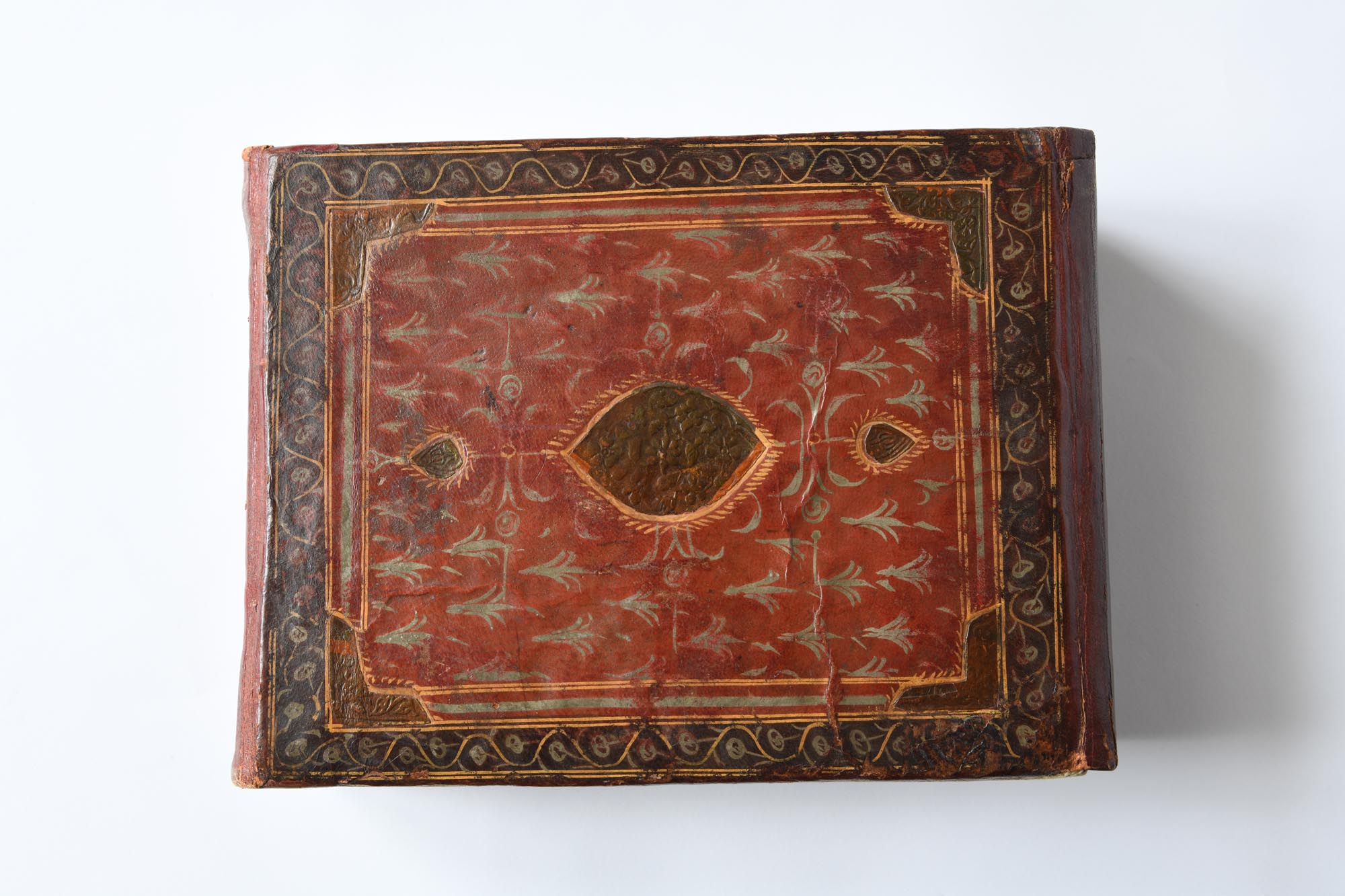
Dryad Collects the World
Harry Peach was a keen collector, and between 1907 and 1937 acquired nearly 3000 items of craftwork while travelling in Europe, Africa and Asia. He also collected objects through his many contacts with other craftwork collectors and academics. For example, a Mrs Boyd-Bowman from Leicester collected several kites for Peach’s collection. It was always Harry’s dream to open a museum of good quality craftwork, potentially in conjunction with the Leicester School of Art, as an inspiration for teachers and others. While this dream was never realised, the majority of his collection was given to Leicester Museum and Art Gallery in 1969, and now forms the Dryad Collection at the museum.
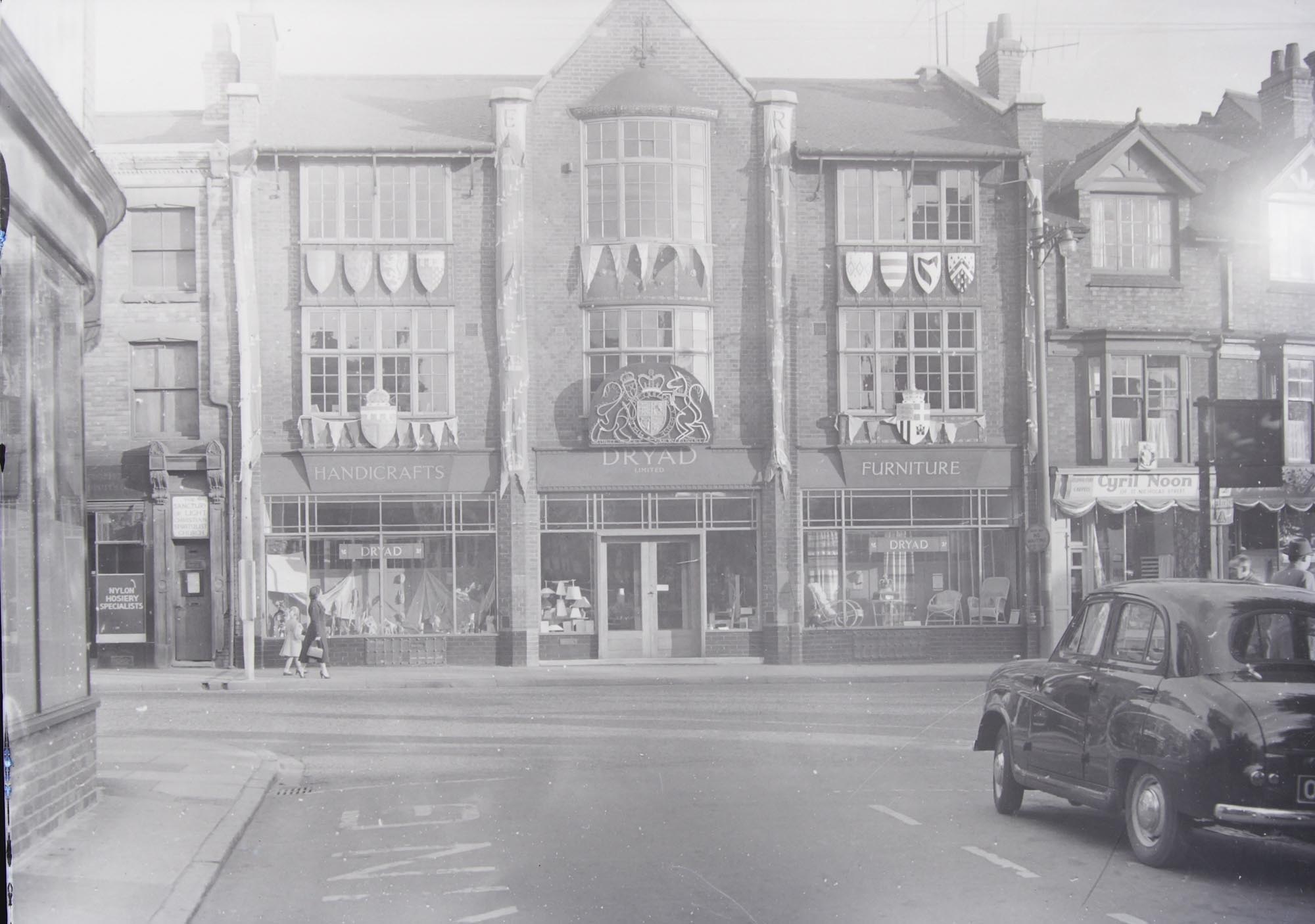
German Influences
Harry was particularly interested in the Deutscher Werkbund, a German design movement, that began in 1907 in Munich. The Werkbund was made up of artists, artisans and architects who believed in good design and craftsmanship. Harry Peach could speak German and often visited the country, attending design fairs and international exhibitions. German objects in the Dryad Collection include wooden butter moulds and spoons, confectionery stamps, and glove puppets representing a policeman, a queen and a king, a witch.
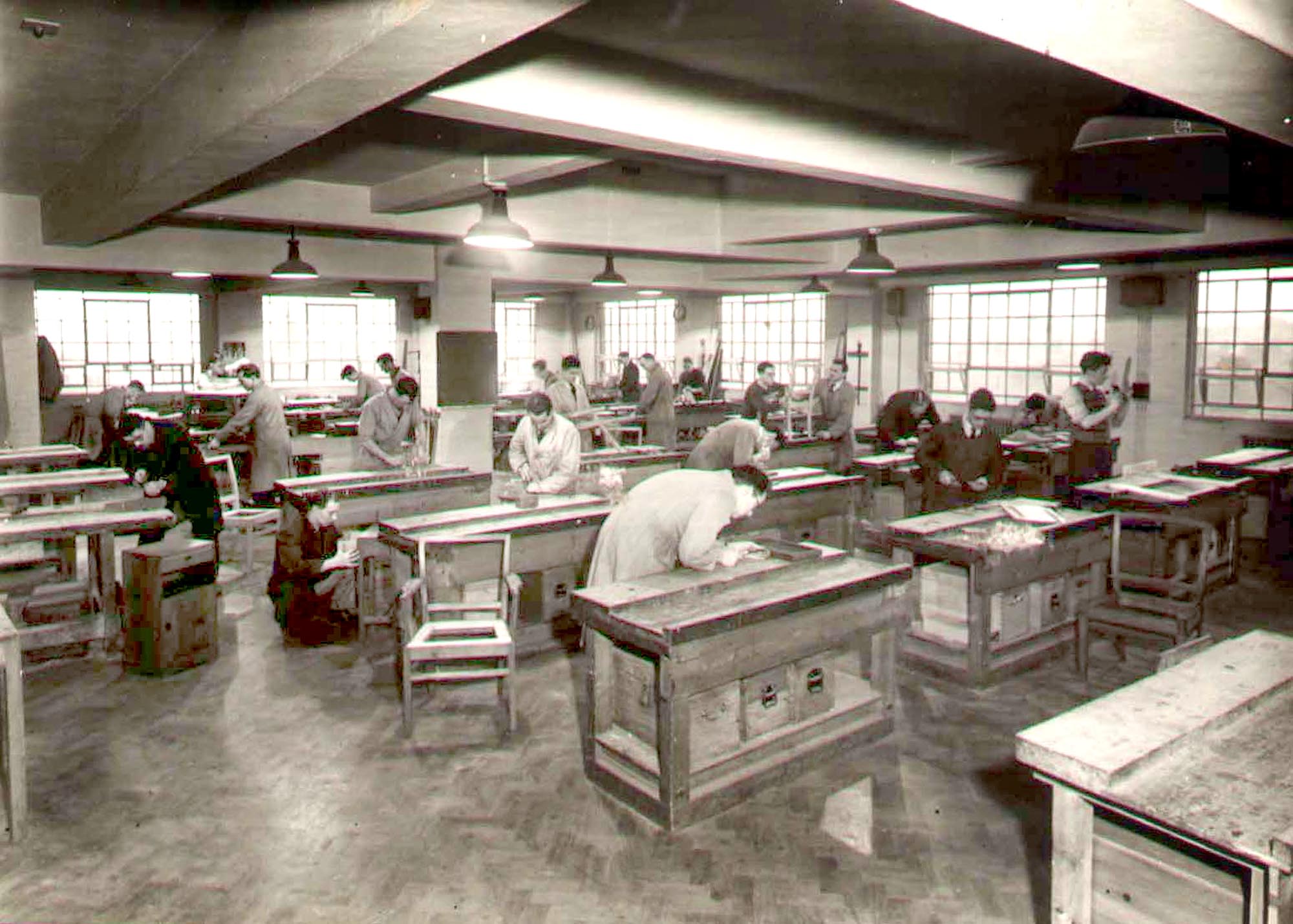
Arts and Crafts
The Dryad Collection held by Leicester Museums and Galleries has the finest examples of 20th century cane and basketwork in the UK. The collection also includes fabrics and clothing, toys and ornaments, a selection of carved and painted wooden objects, and items from the practical to the purely decorative. There are also figures of people and animals from around the world, including a fertility doll, a deer mask, warrior figures, a painted wooden bull, and many others.
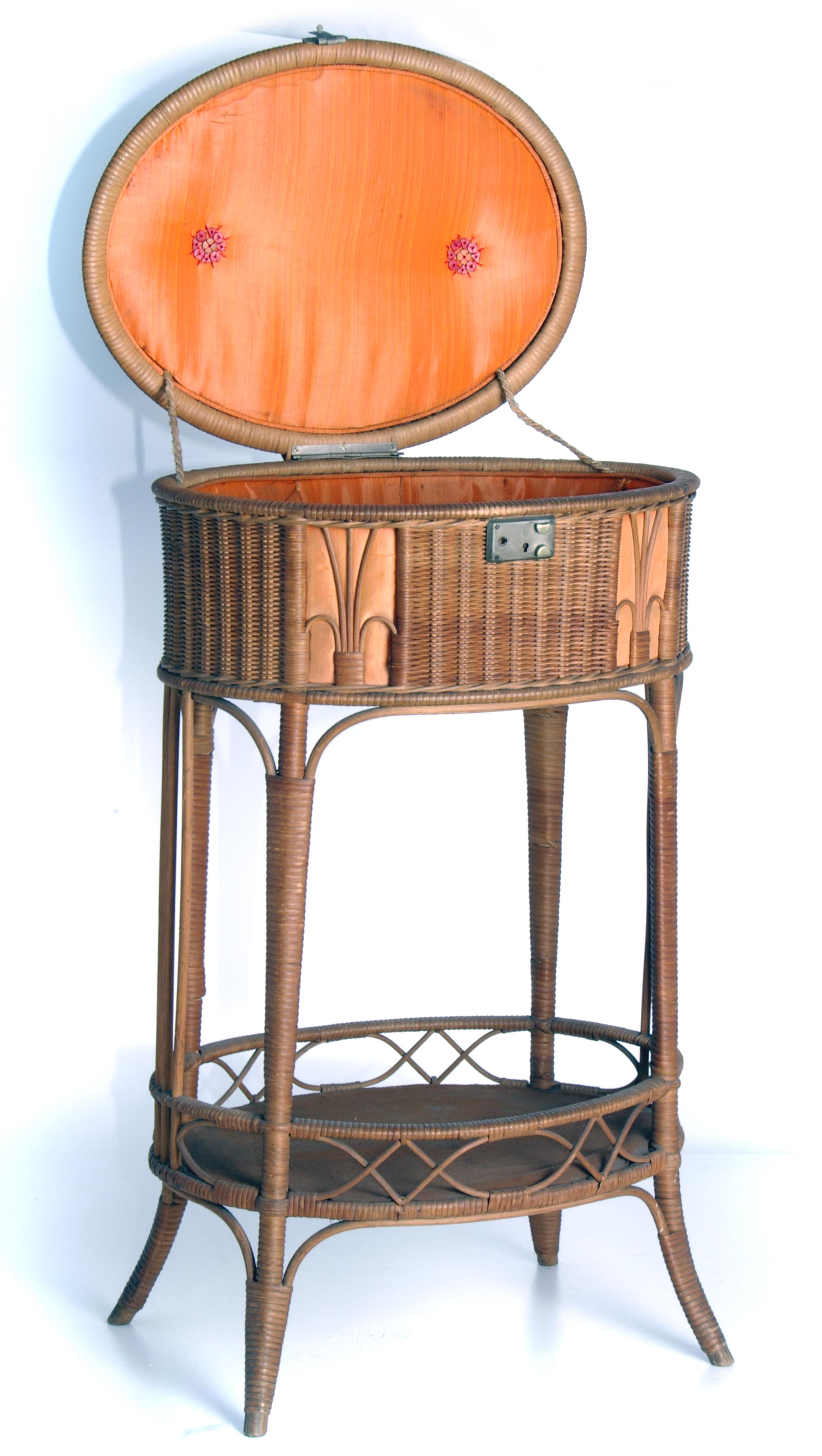
Gallery
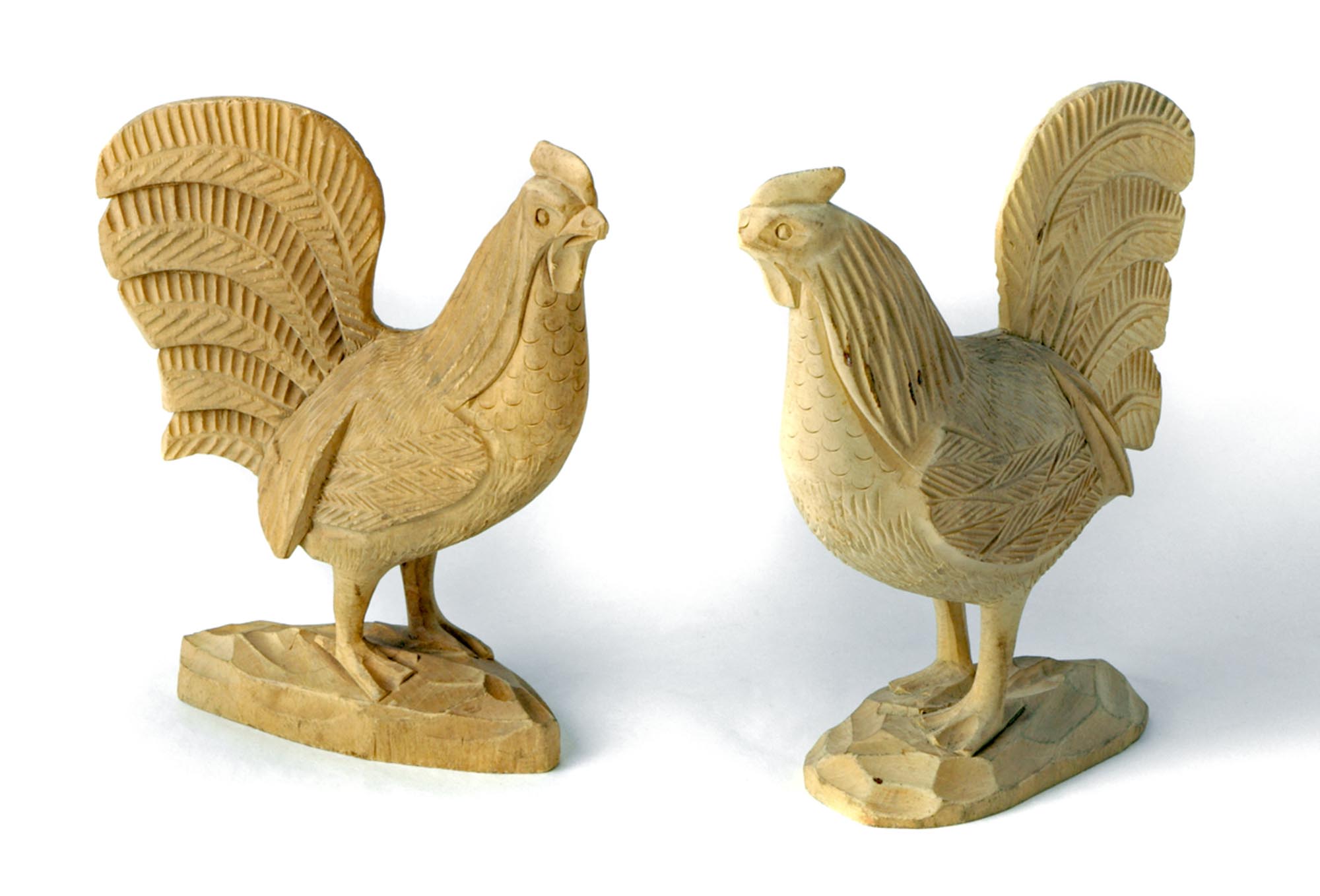
credit - Leicester Museums & Galleries
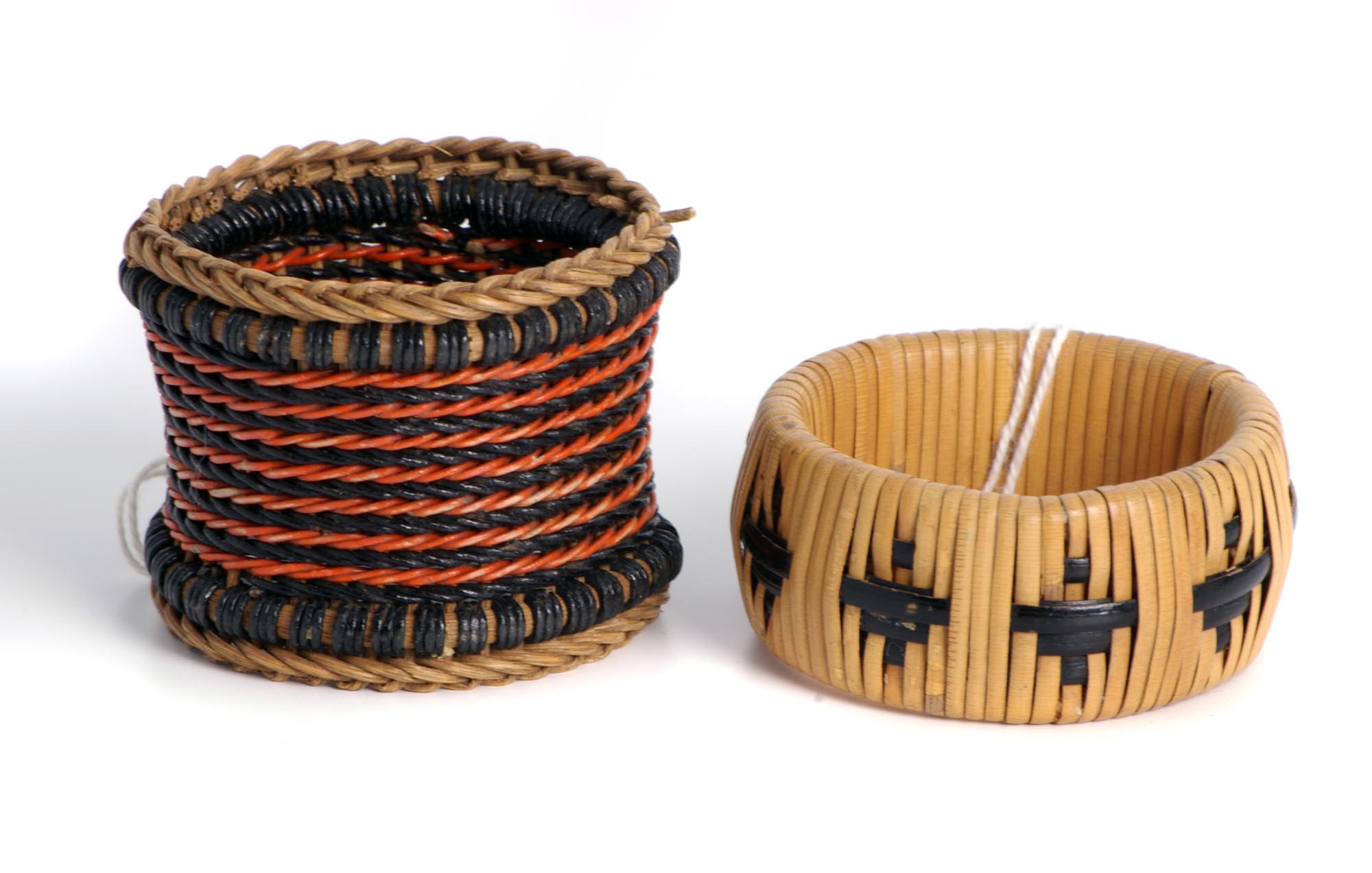
credit - Leicester Museums & Galleries
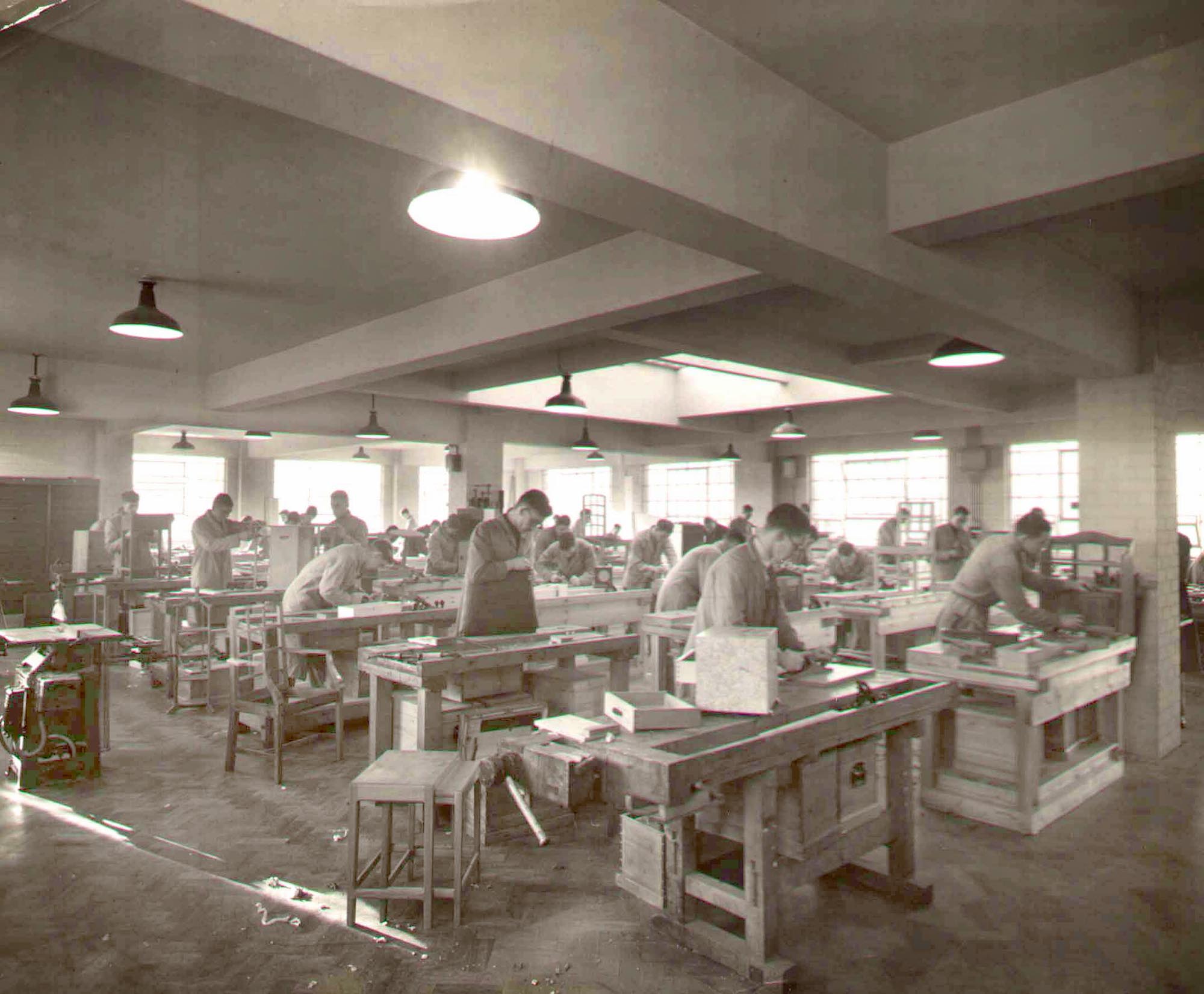
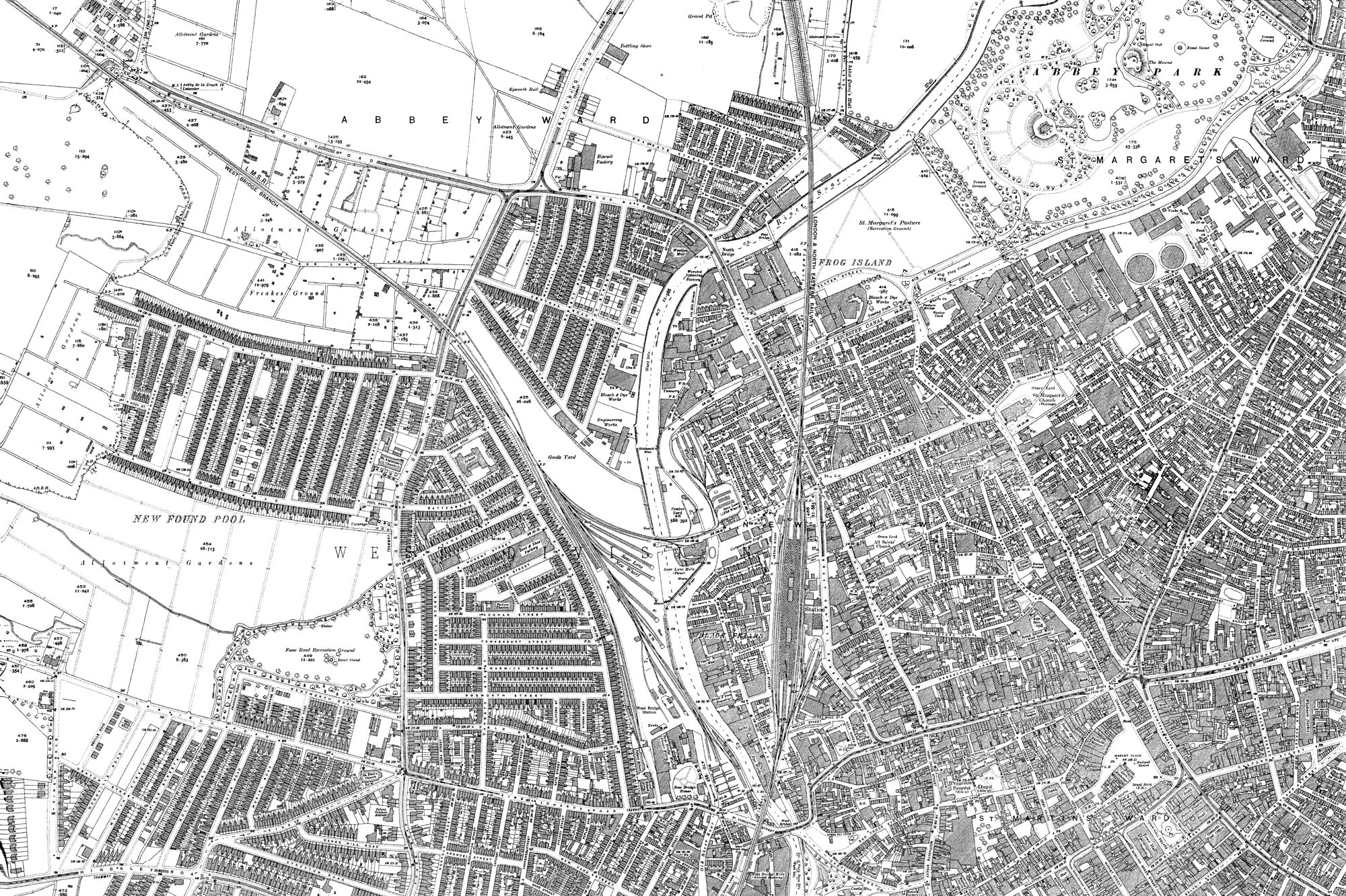
credit - Landmark Information Group & Ordnance Survey © Crown Copyright 2023
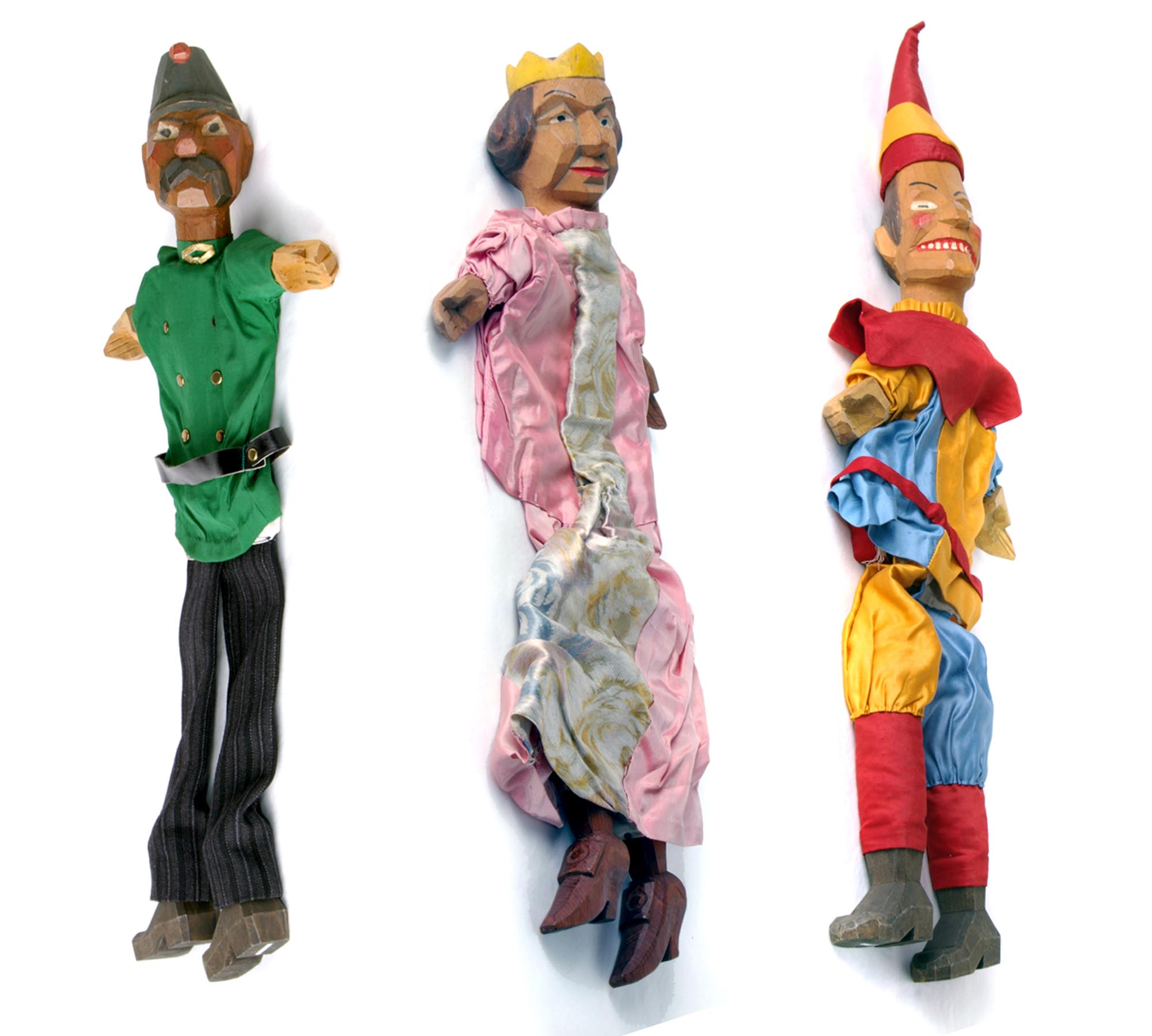
credit - Leicester Museums & Galleries
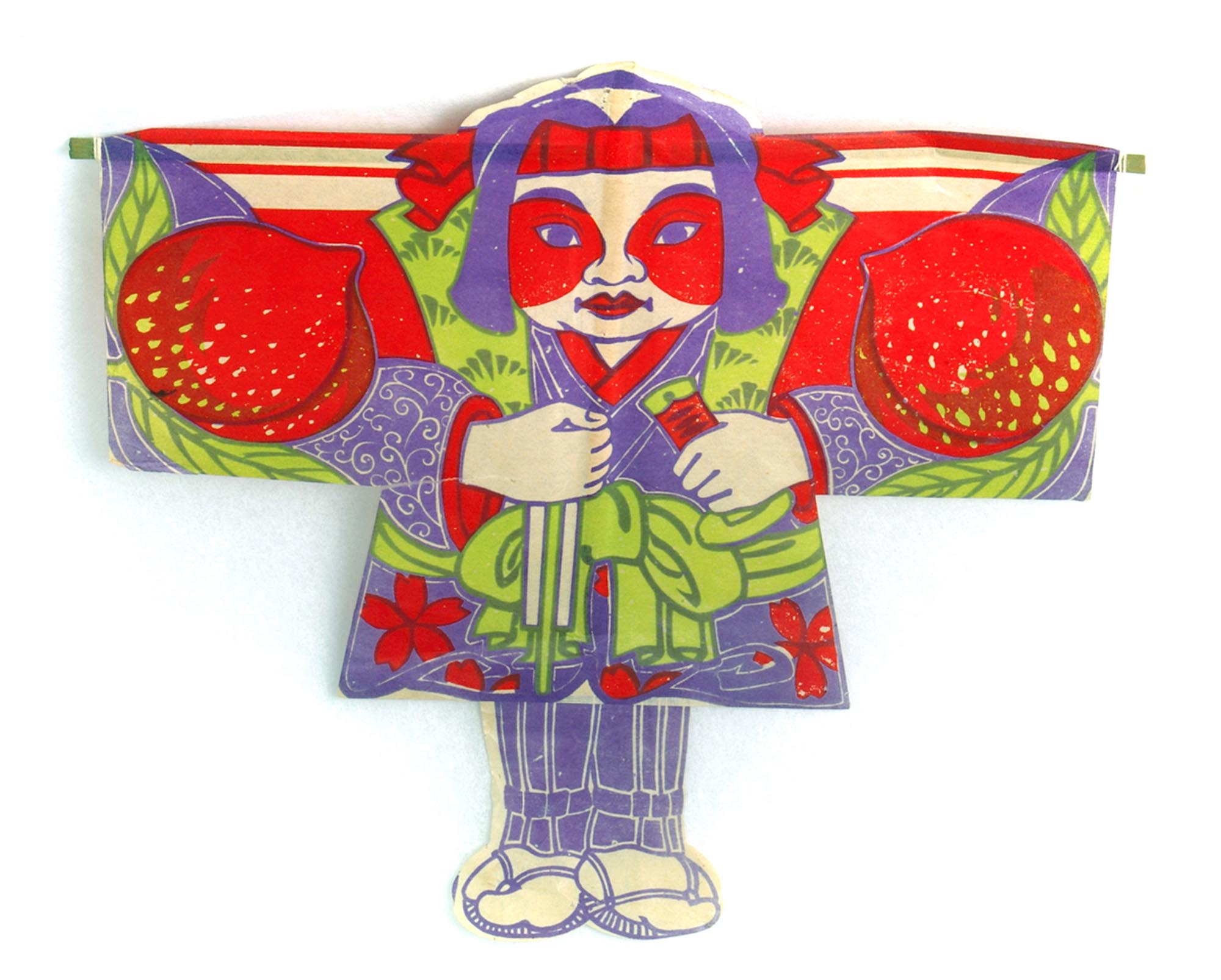
credit - Leicester Museums & Galleries
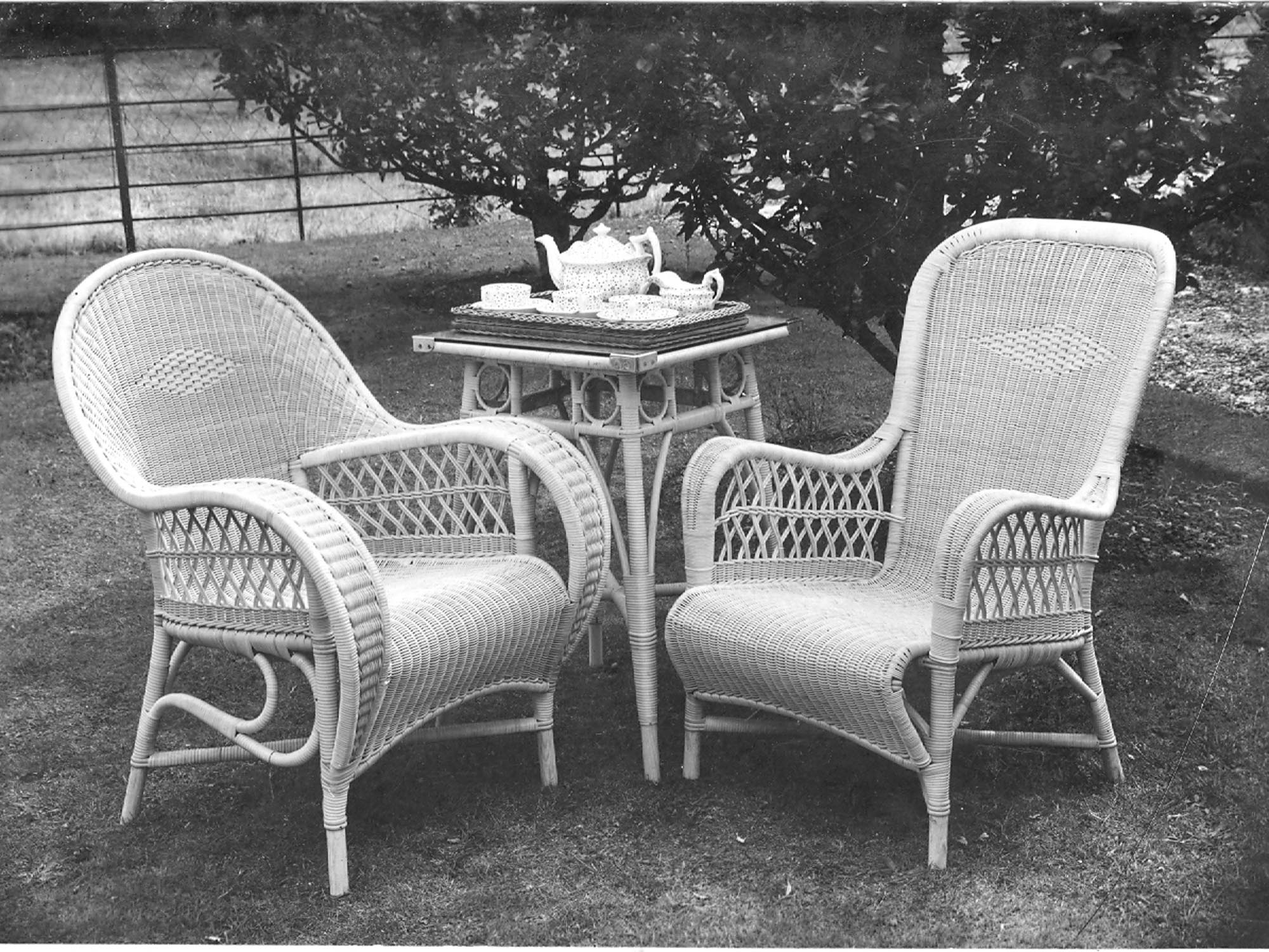
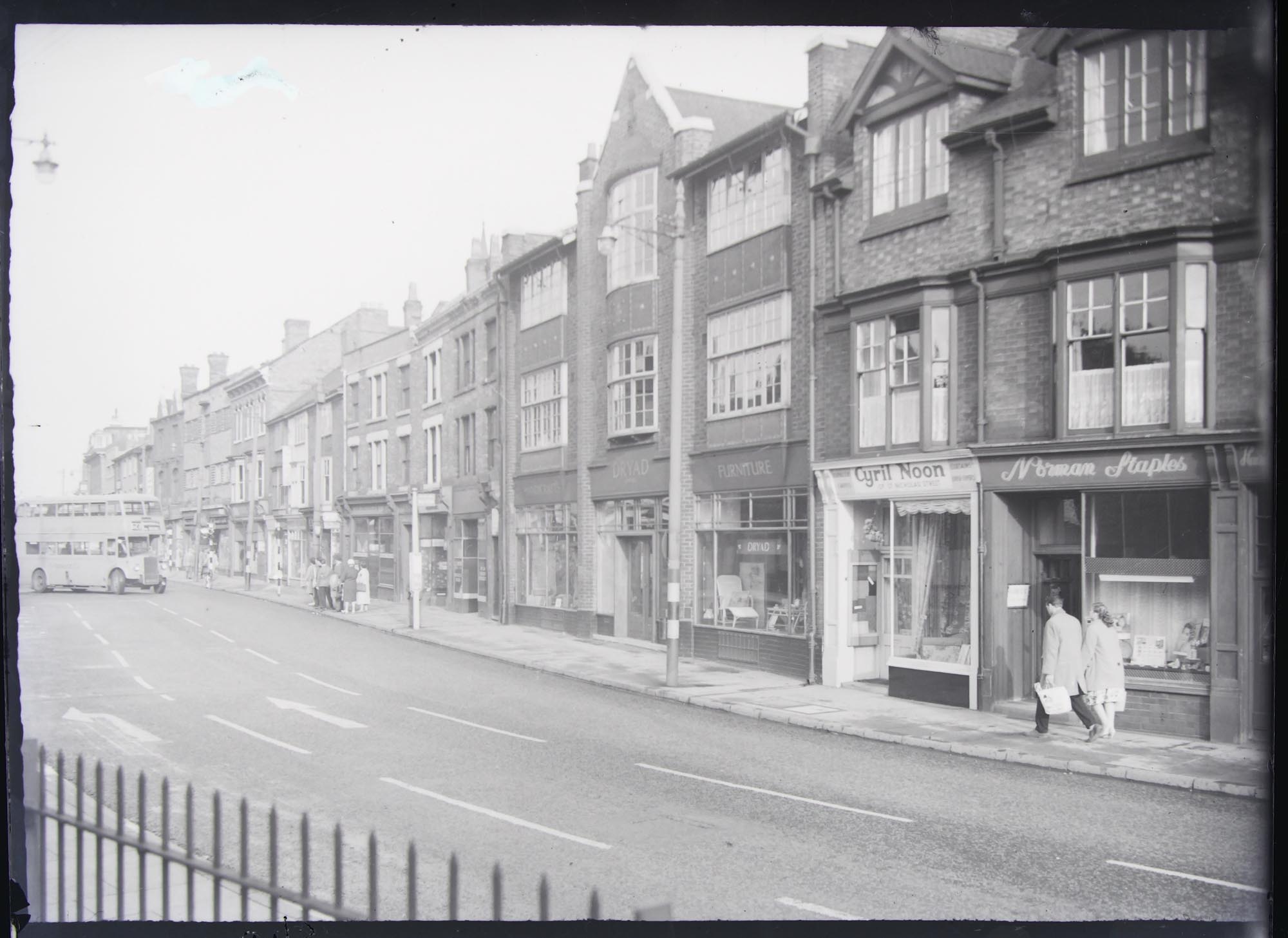
credit - Record Office for Leicestershire, Leicester and Rutland
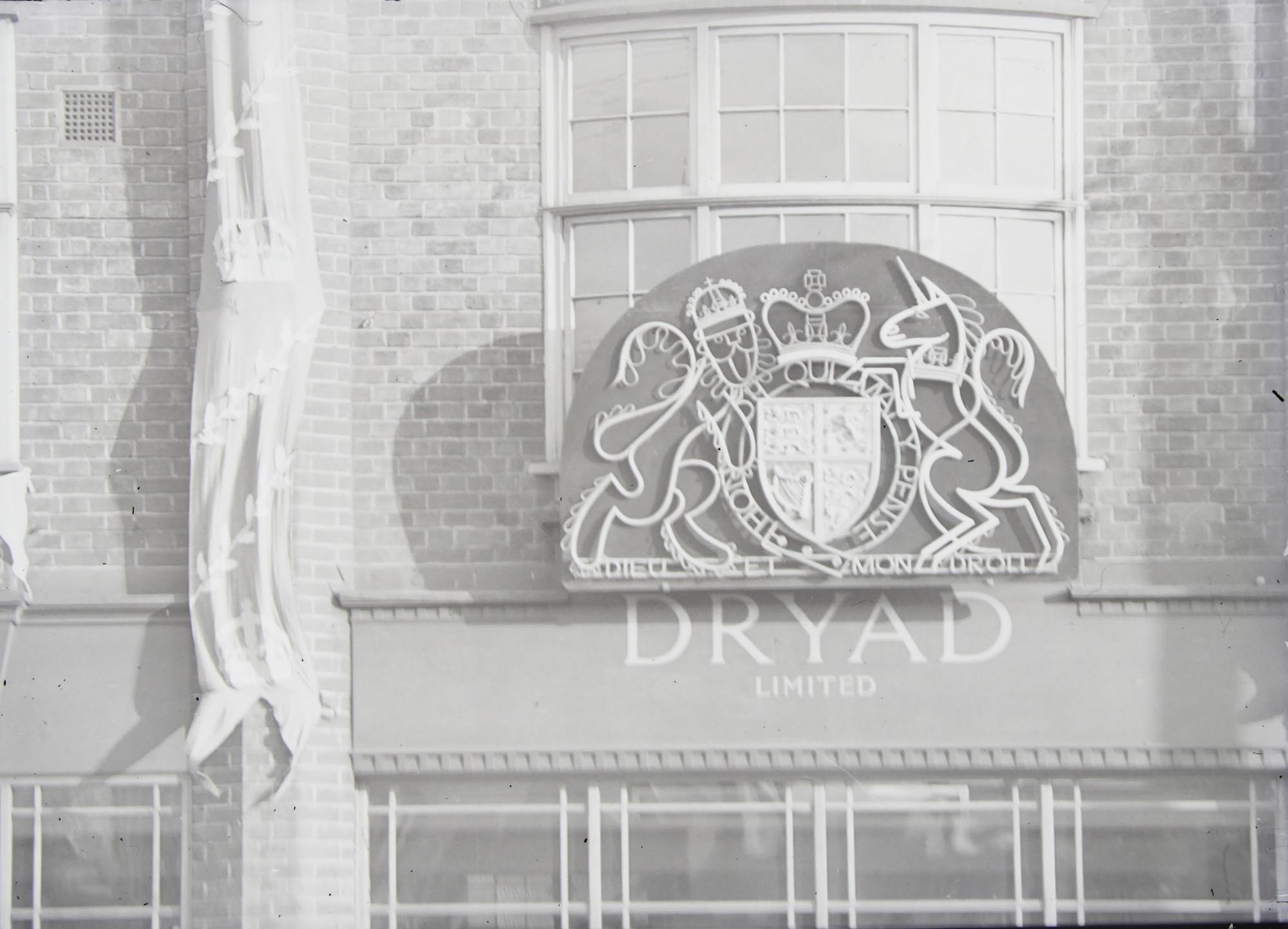
credit - Record Office for Leicestershire, Leicester and Rutland
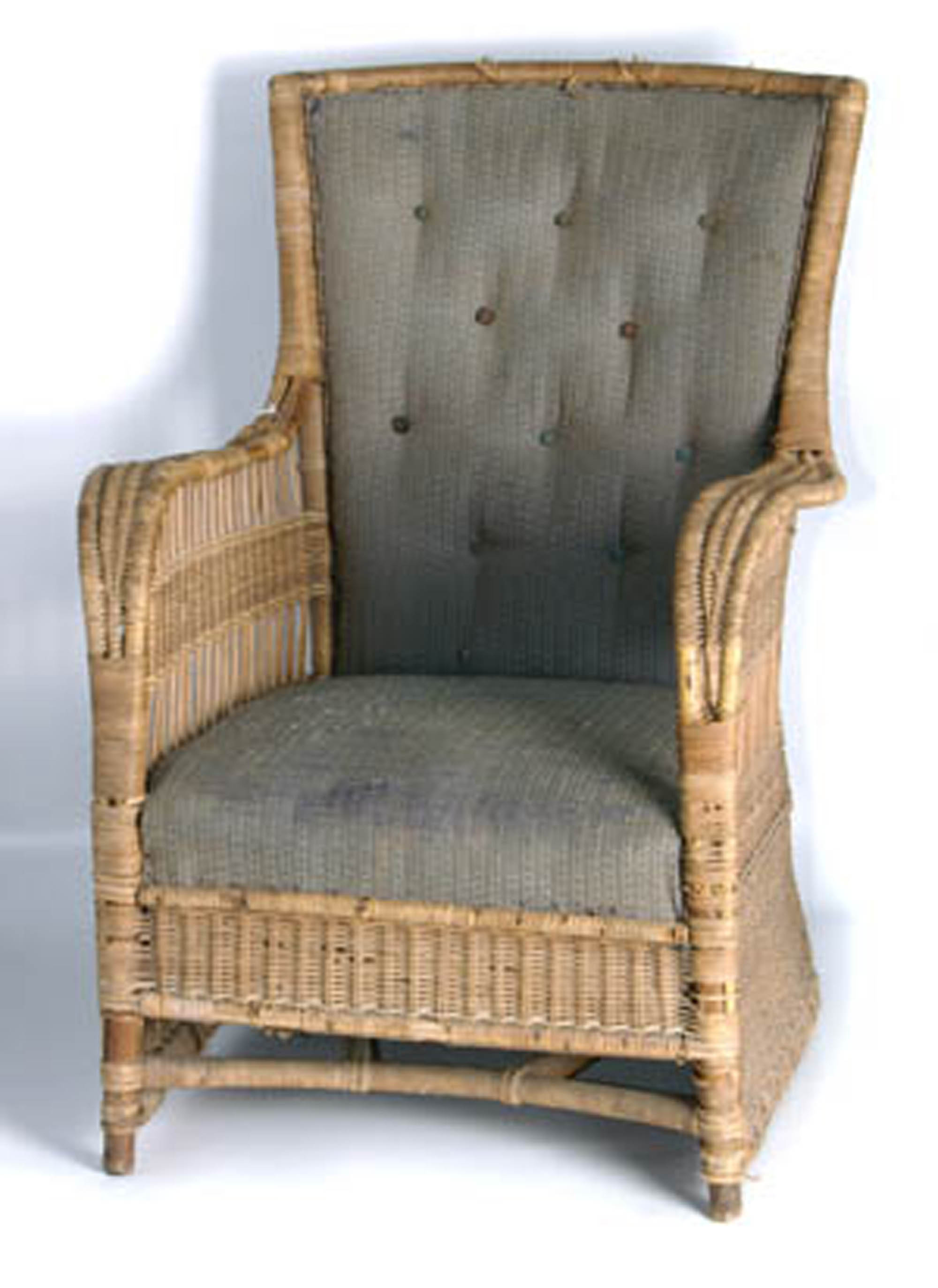
credit - Leicester Museums & Galleries
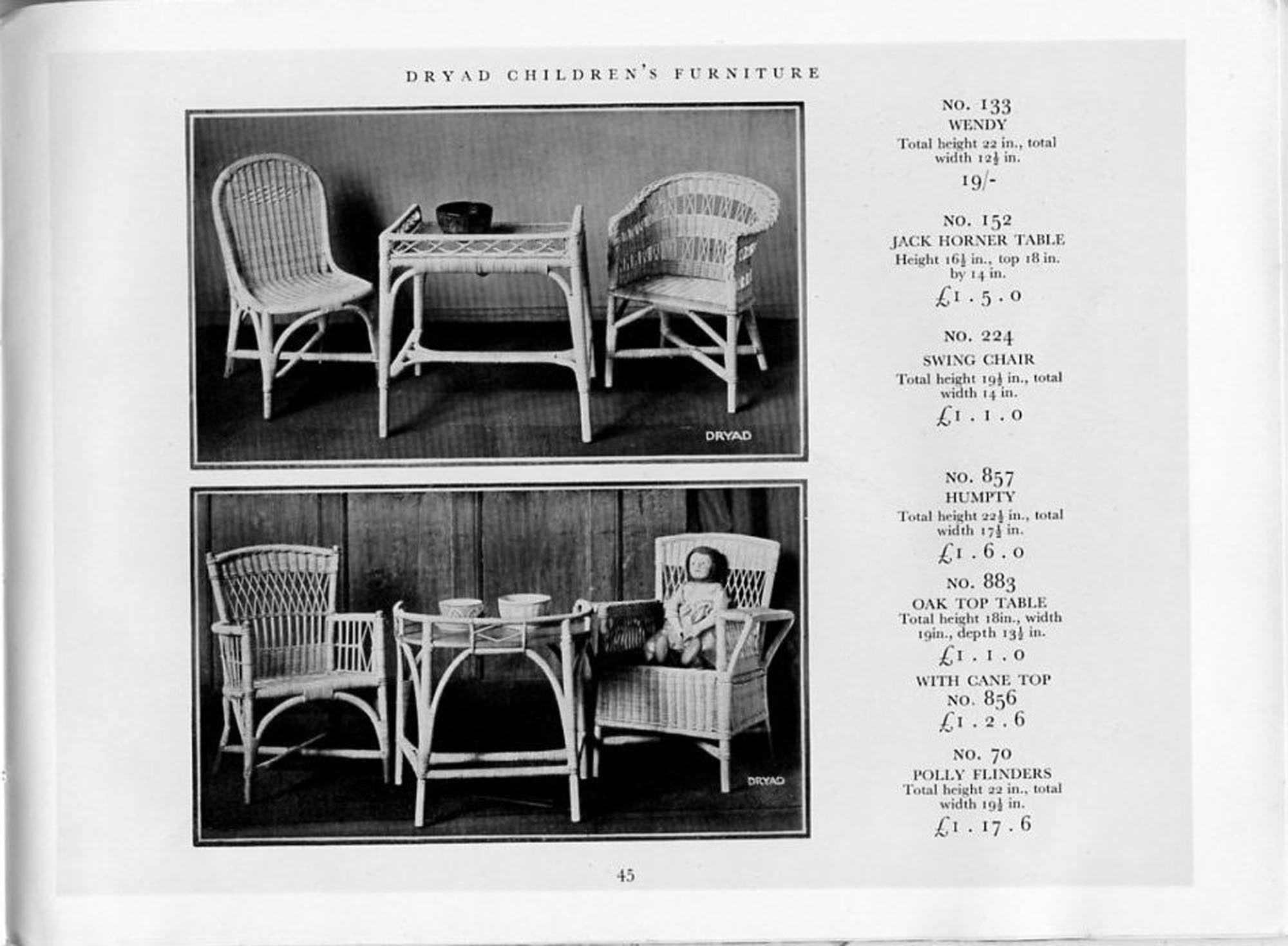
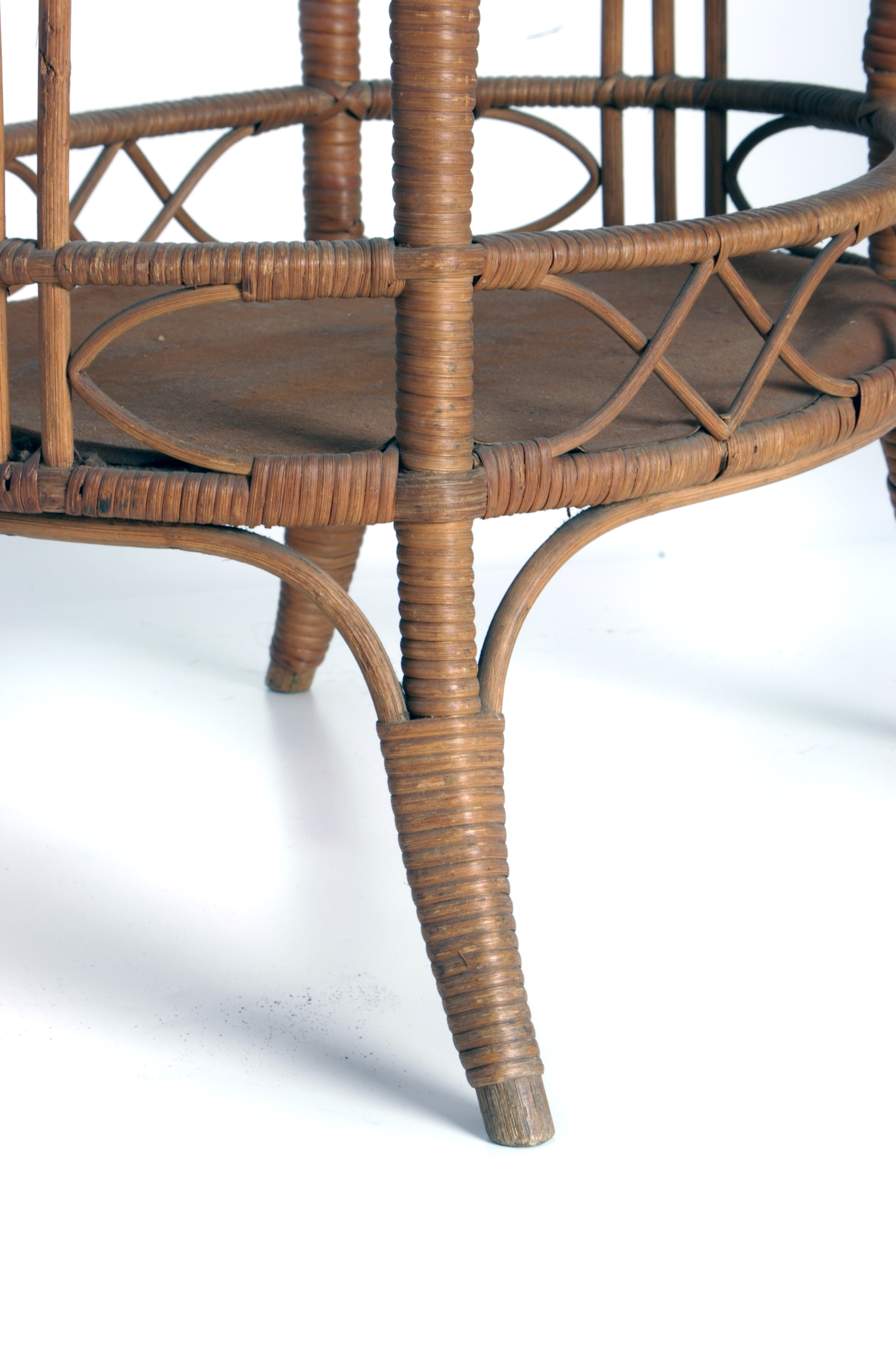
credit - Leicester Museums & Galleries
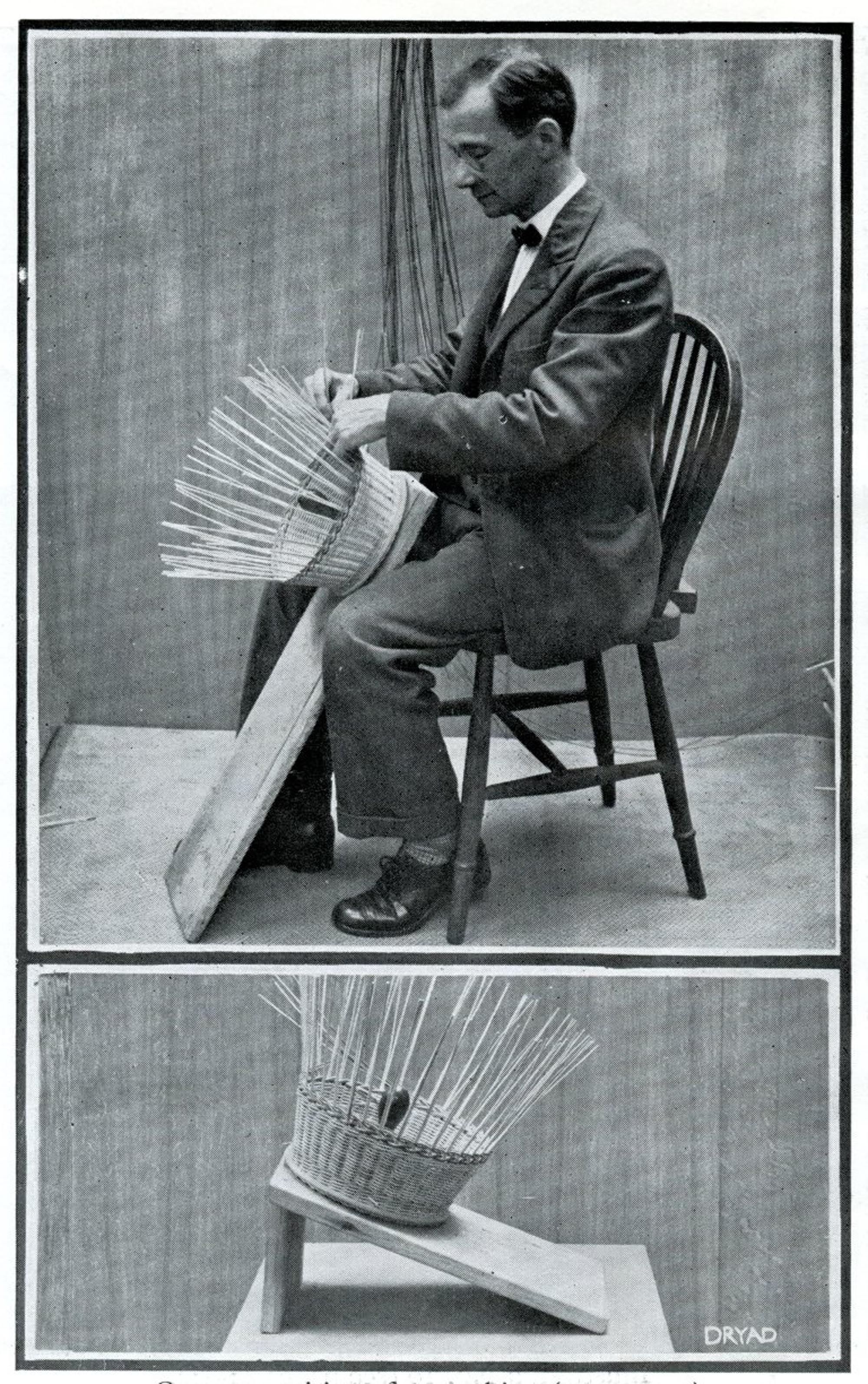
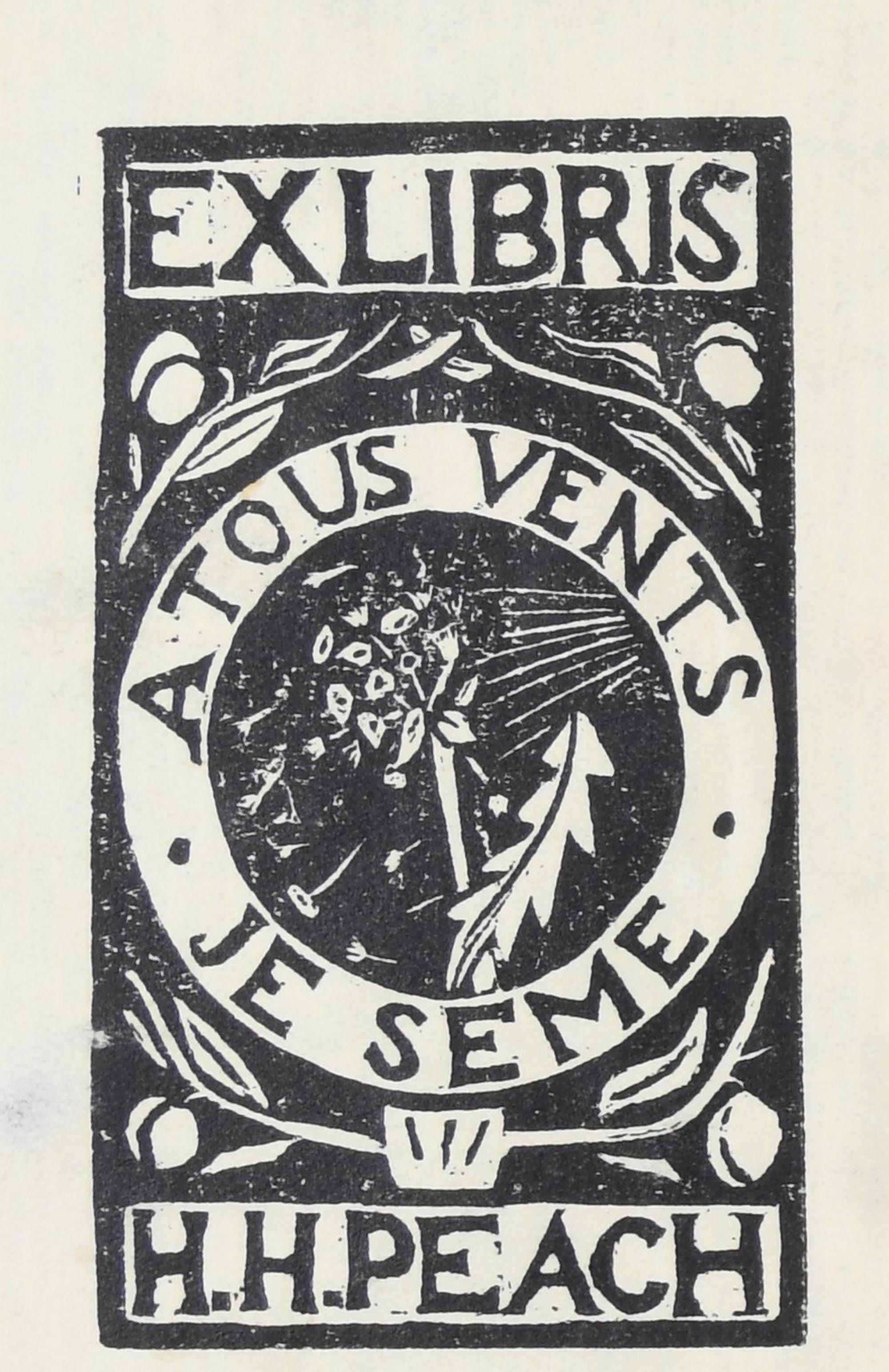
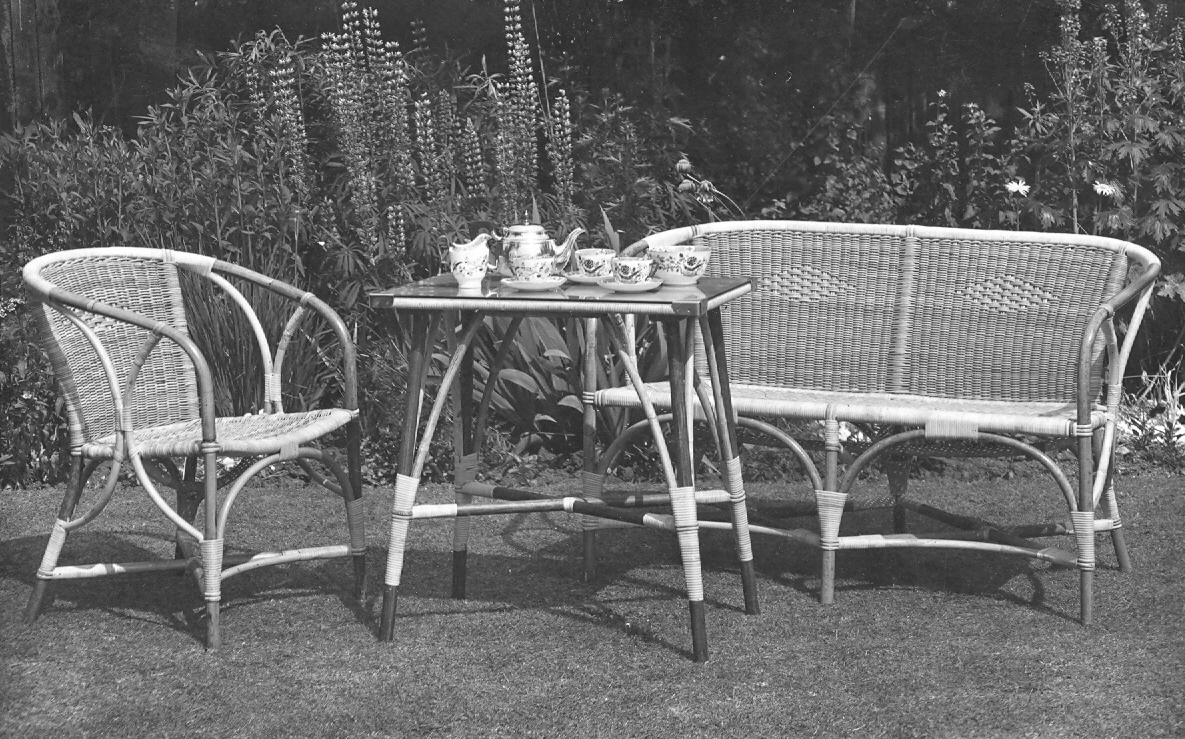
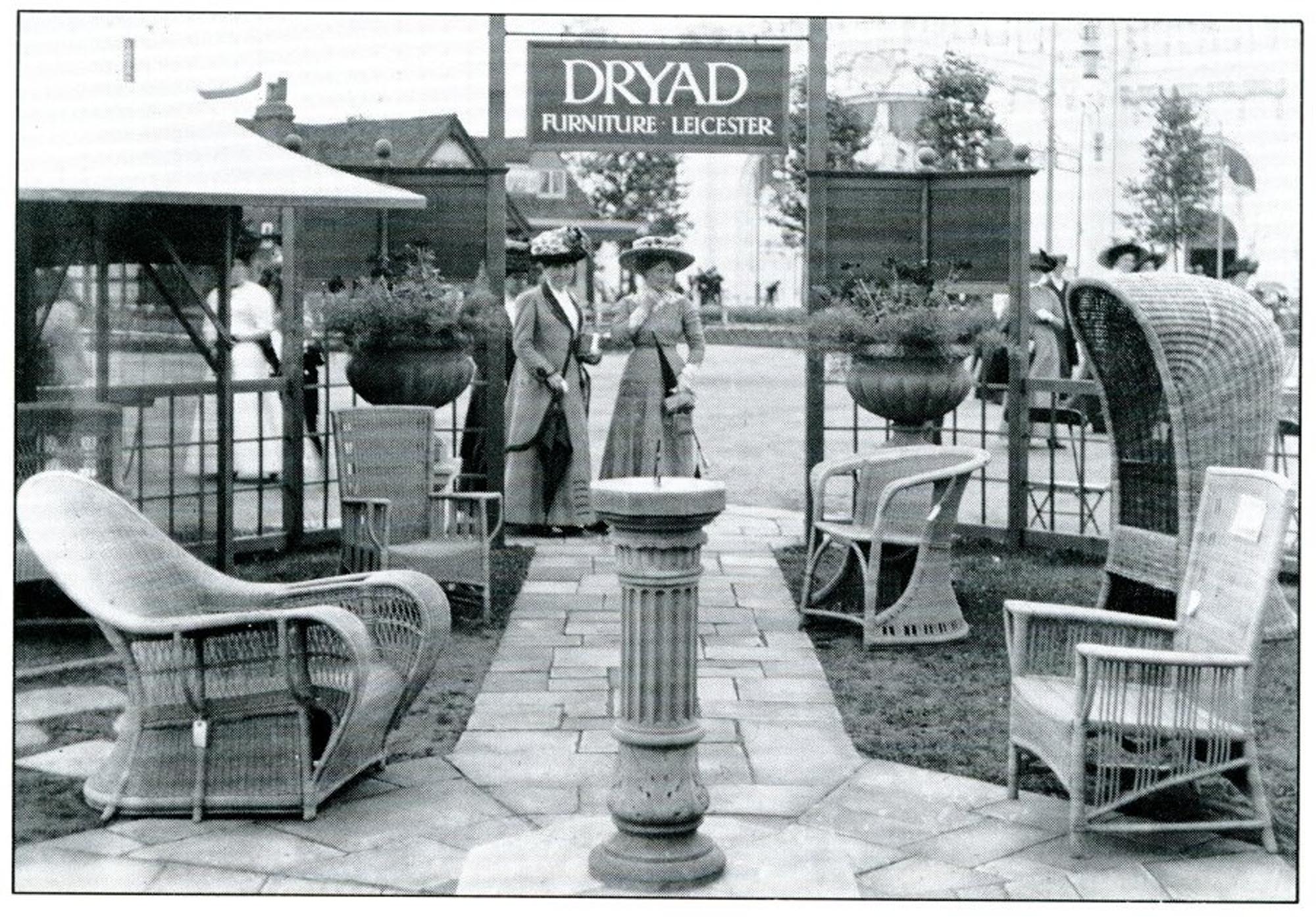
Roman Leicester
(47- 500) A military fort was erected, attracting traders and a growing civilian community to Leicester (known as Ratae Corieltauvorum to the Romans). The town steadily grew throughout the reign of the Romans.
Medieval Leicester
(500 – 1500) The early years of this period was one of unrest with Saxon, Danes and Norman invaders having their influences over the town. Later, of course, came Richard III and the final battle of the Wars of the Roses was fought on Leicester’s doorstep.
-
The Castle Motte1068

-
Leicester Cathedral1086

-
St Mary de Castro1107

-
Leicester Abbey1138

-
Leicester Castle1150

-
Grey Friars1231

-
The Streets of Medieval Leicester1265

-
Leicester Market1298

-
Trinity Hospital and Chapel1330

-
Bow Bridgecirca 1350

-
Church of the Annunciation1353

-
John O’Gaunt’s Cellar1361

-
St John's Stone1381

-
Leicester Guildhall1390

-
The Magazine1400

-
The Blue Boar Inn1400

-
The High Cross1577

Tudor & Stuart Leicester
(1500 – 1700) The wool trade flourished in Leicester with one local, a former mayor named William Wigston, making his fortune. During the English Civil War a bloody battle was fought as the forces of King Charles I laid siege to the town.
Georgian Leicester
(1700 – 1837) The knitting industry had really stared to take hold and Leicester was fast becoming the main centre of hosiery manufacture in Britain. This new prosperity was reflected throughout the town with broader, paved streets lined with elegant brick buildings and genteel residences.
-
Great Meeting Unitarian Chapel1708

-
The Globe1720

-
17 Friar Lane1759

-
Black Annis and Dane Hills1764

-
Leicester Royal Infirmary1771

-
New Walk1785

-
Freemasons’ Hall1790

-
Gaols in the City1791

-
Friars Mill1794

-
City Rooms1800

-
Development of Highfields1800

-
Wesleyan Chapel1815

-
20 Glebe Street1820

-
Charles Street Baptist Chapel1830

-
Glenfield Tunnel1832

-
James Cook1832

Victorian Leicester
(1837 – 1901) The industrial revolution had a huge effect on Leicester resulting in the population growing from 40,000 to 212,000 during this period. Many of Leicester's most iconic buildings were erected during this time as wealthy Victorians made their mark on the town.
-
Leicester Union Workhouse1839

-
Campbell Street and London Road Railway Stations1840

-
The Vulcan Works1842

-
Belvoir Street Chapel1845

-
Welford Road Cemetery1849

-
Leicester Museum & Art Gallery1849

-
King Street1850

-
Cook’s Temperance Hall & Hotel1853

-
Amos Sherriff1856

-
Weighbridge Toll Collector’s House1860

-
4 Belmont Villas1862

-
Top Hat Terrace1864

-
Corah and Sons - St Margaret's Works1865

-
Kirby & West Dairy1865

-
The Clock Tower1868

-
Wimbledon Works1870

-
The Leicestershire Banking Company1871

-
St Mark’s Church and School1872

-
Victorian Turkish Baths1872

-
The Town Hall1876

-
Central Fire Stations1876

-
Aylestone Road Gas Works and Gas Museum1879

-
Gas Workers Cottages1879

-
Leicestershire County Cricket Club1879

-
Welford Road Tigers Rugby Club1880

-
Secular Hall1881

-
Development of Highfields1800

-
Abbey Park1881

-
Abbey Park Buildings1881

-
Victoria Park and Lutyens War Memorial1883

-
Leicester Fosse FC 18841884

-
Leicester Coffee and Cocoa Company Coffee Houses1885

-
St Barnabas Church and Vicarage1886

-
Abbey Pumping Station1891

-
Luke Turner & Co. Ltd.1893

-
West Bridge Station1893

-
Thomas Cook Building1894

-
The White House1896

-
Alexandra House1897

-
Leicester Boys Club1897

-
Grand Hotel and General Newsroom1898

-
Highfield Street Synagogue1898

-
Western Park1899

-
Asfordby Street Police Station1899

-
Leicester Central Railway Station1899

Edwardian Leicester
(1901 – 1910) Electric trams came to the streets of Leicester and increased literacy among the citizens led to many becoming politicised. The famous 1905 ‘March of the Unemployed to London’ left from Leicester market when 30,000 people came to witness the historic event.
-
YMCA Building1900

-
The Palace Theatre1901

-
Pares's Bank1901

-
Coronation Buildings1902

-
Halfords1902

-
High Street1904

-
George Biddles and Leicester's Boxing Heritage1904

-
Municipal Library1905

-
Leicester Boys Club1897

-
The Marquis Wellington1907

-
Guild Hall Colton Street1909

-
Women's Social and Political Union Shop1910

-
Turkey Café1901

Early 20th Century Leicester
(1910 – 1973) The diverse industrial base meant Leicester was able to cope with the economic challenges of the 1920s and 1930s. New light engineering businesses, such as typewriter and scientific instrument making, complemented the more traditional industries of hosiery and footwear manufacturing.
-
Dryad Handicrafts1912

-
De Montfort Hall1913

-
Leicester During the First World War1914

-
Fox’s Glacier Mints1918

-
Statue of Liberty1919

-
Housing in Saffron Lane1924

-
Winstanley House1925

-
Housing in North Braunstone1926

-
Lancaster Road Fire Station1927

-
The Little Theatre1930

-
Saffron Hill Cemetery1931

-
Braunstone Hall Junior School1932

-
Former City Police Headquarters1933

-
Savoy Cinema1937

-
Eliane Sophie Plewman1937
-
City Hall1938

-
Athena - The Odeon Cinema1938

-
The Blitz in Highfields1940

-
Freeman, Hardy and Willis - Leicester Blitz1940

-
Leicester Airport1942

-
Leicester’s Windrush Generations1948

-
Netherhall Estate1950
-
Housing at Eyres Monsell1951

-
Silver Street and The Lanes1960

-
Bostik1960

-
Auto-Magic Car Park (Lee Circle)1961

-
University of Leicester Engineering Building1963

-
Sue Townsend Theatre1963

-
Central Mosque1968

-
Belgrave Flyover1973

Modern Leicester
(1973 – present day) Industry was still thriving in the city during the 1970s, with the work opportunities attracting many immigrants from all over the world. While industry has declined in recent years, excellent transport links have made Leicester an attractive centre for many businesses. The City now has much to be proud of including its sporting achievements and the richness of its cultural heritage and diversity.
-
Haymarket Theatre1973

-
The Golden Mile1974

-
Acting Up Against AIDS1976

-
Belgrave Neighbourhood Centre1977

-
Diwali in Leicester1983

-
Leicester Caribbean Carnival1985

-
Samworth Brothers1986

-
Jain Centre1988

-
Guru Nanak Dev Ji Gurdwara1989

-
King Power Stadium2002

-
LCB Depot2004

-
Curve2008

-
BAPS Shri Swaminarayan Mandir2011

-
Makers Yard2012

- Roman Leicester
- Medieval Leicester
- Tudor & Stuart Leicester
- Georgian Leicester
- Victorian Leicester
- Edwardian Leicester
- Early 20th Century Leicester
- Modern Leicester
A Working Town













































